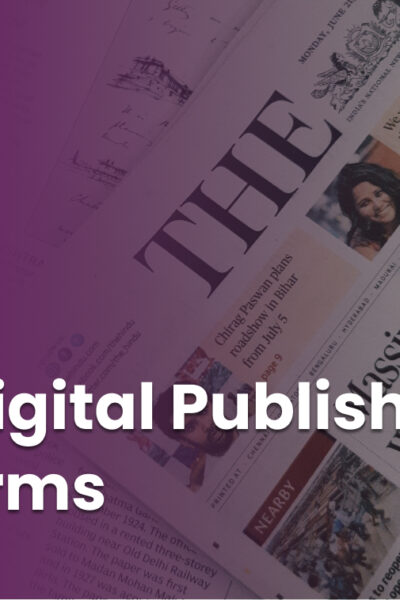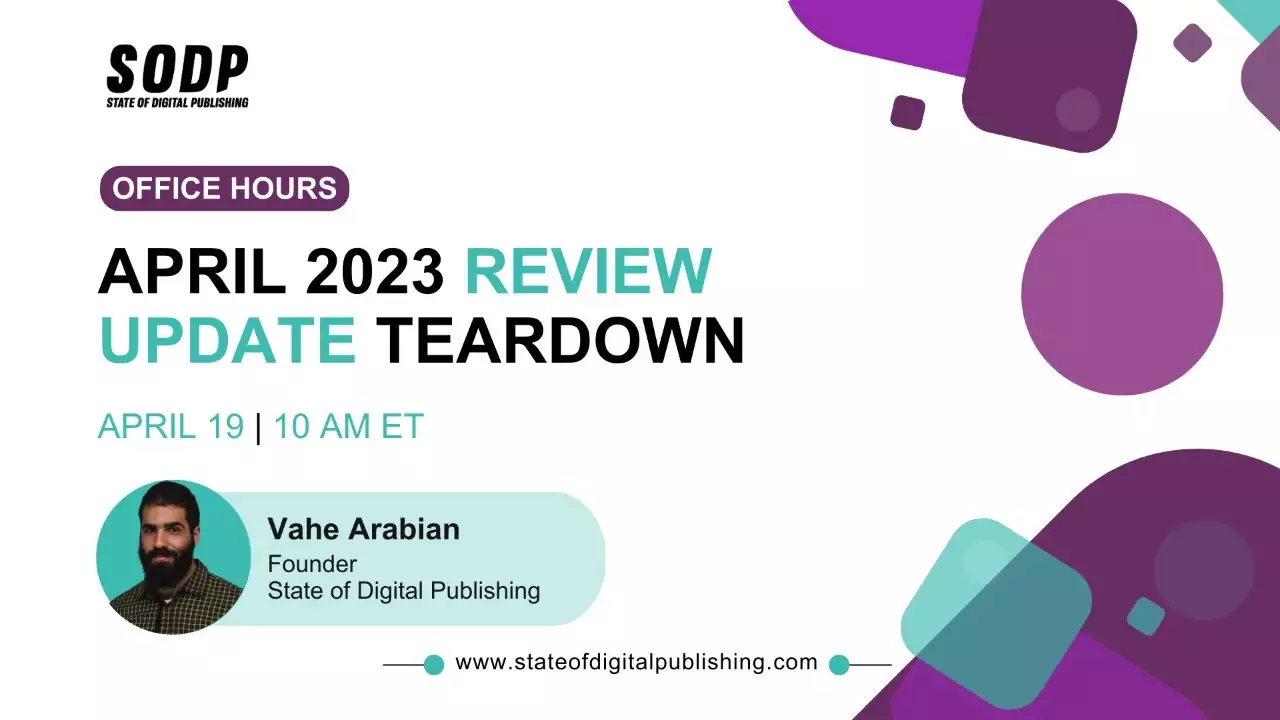The leading conservative personalities in the United States have been creating mini-publishing empires over the past several years, leaving their Democratic opponents in the digital dust. Whether you lean politically conservative or liberal, there’s no denying that these are great ways for politicians, political pundits, and right-wing big shots to get their messages sent directly to the audiences on the right. It also allows them to build their own media brands with millions of visits a month.
I know this because I spend the first hour of every morning studying right-wing media for my website TheRighting, where I curate about a dozen colorful headlines of the day which express the passions and concerns of conservatives. Then I aggregate them in the daily free newsletter so that mainstream and liberal audiences are informed about the journalism on the right. (Or – in some cases – what passes for journalism.)
The websites I’m surveying fall into three categories which I’ve defined here:
The micro-publishers
Almost a dozen conservative personalities have launched websites with their names actually embedded into the URLs. They’re probably not getting rich with their efforts but these conservative leaders are promoting their thought-leadership, honing their messages, and taking control of their digital destinies. For instance, why worry where or when a publisher may post your op-ed when you can call the shots on your own website? It’s also a way to sell books, tout upcoming appearances, and upsell visitors to premium services.
In this category, talk-radio right-wing superstar Rush Limbaugh stands out for attracting the most monthly audience visits to his site. In June, www.rushlimbaugh.com generated 4.62 million audience visits (all numbers in this story come from SimilarWeb). He’s a radio-broadcasting celebrity whose fame and brand value accrued from decades of riffing from the radio airwaves. That has brought in the traffic. But he’s also a savvy publisher.
His site features transcripts of the previous day’s radio program. It’s organized in an easy-to-use format broken down by subjects and topics. Even if you’re not a fan of his hard-hitting, thumb-in-the-eye political opinions, his verbal dexterity and cleverness come through loud and clear. His popularity is no accident.
On the other end of the spectrum, Sarah Palin’s website – www.sarahpalin.com – gets so few audience visits that it hasn’t even registered with SimilarWeb. It’s something of a surprise since she’s still something of a rock star of the right. However, her site isn’t updated regularly (I’m looking at it on July 30, 2018, and the last update was from July 10) and that’s a surefire way to lose audience and relevance.
Other big-name right-wing pundits burning their names into their URLs include Fox News prime time anchors Sean Hannity and Laura Ingraham, former Fox News prime time anchor Bill O’Reilly, Fox News radio host Todd Starnes, former President Nixon’s speechwriter Pat Buchanan, and conservative author/blogger Michelle Malkin.
The moguls
Right-wing personalities in this category oversee teams of reporters and editors who run full-fledged news operations. Right-leaning Fox News anchor and pundit Tucker Carlson (with Neil Patel, former policy advisor to Dick Cheney) launched The Daily Caller in 2010. Since then, it has mushroomed into an impressive 24/7 news operation with roughly three dozen employees and distribution deals with Yahoo and MSN. In June, The Daily Caller drew more than 35 million audience visits making it the third largest conservative website.
Conservative commentator and entrepreneur Glenn Beck launched TheBlaze as a right-wing cable and digital media company in 2011, the same year he left his highly visible position as a Fox News anchor. It drew eyeballs – and controversy. The free site, which has plenty of stories every day and commentary by Beck, has premium sections as well for the content of more substance. It also gets plenty of traffic: more than 13 million audience visits in June, making it a top 10 right-wing media website. However, a July 2018 article in The Daily Beast claimed that TheBlaze, at its peak, took in $90 million annually. Those days may be in its rear-view mirror. The same article said that some staffers have been laid off and there was a failed bid to sell the media property to Ben Shapiro’s Daily Wire.
Shapiro is a fast-rising force in right-wing media circles. He’s a former editor for Breitbart, author of several books, podcaster, journalist, and prolific columnist. But the Daily Wire is the thirtysomething’s most ambitious effort to date. Since its inception three short years ago, it has become a top five conservative media website (see June rankings here). Its audience visits even top well-known conservative news operations like The National Review, The Weekly Standard, and The Washington Times. Shapiro’s far-sighted skill in mastering the nuances of digital publishing platforms have only amplified his far-reaching influence.
The free agents
Not all well-known conservative writers and pundits take the plunge to become publishers. Many seem content to enjoy the legacy model: write the occasional op-ed or think piece, get paid an honorarium, churn out a book every three years, and enjoy the Georgetown cocktail circuit. But there are a tiny handful of conservative pundits who could attract eyeballs and backing if they ever decide to start their own websites. Their strength comes from the instantaneous name recognition they have with consumers. Here are two: Former Republican Speaker of the House, professional talking head, and serial book author (at least two dozen) Newt Gingrich has not taken the digital publishing plunge yet. He writes for a number of right-wing outlets including Fox News and Spero News. But www.newt.com never happened. And former ABC News correspondent John Stossel – a journalist who’d get recognized walking into a Burger King in Cleveland, Ohio – writes occasional op-ed pieces for right-wing outlets like Fox News and Townhall. But as far as his own branded website or media venture pushing his libertarian and contrarian views is considered– nothing doing. The closest he’s come is his own YouTube channel called Stossel TV which has more than 72,000 subscribers.
From studying the content and traffic of these sites, I have two conclusions. First, even though audiences supposedly suffered from news fatigue from the constant flow of dramatic Trump-related news, the vast majority of right-wing websites in the first half of 2018 continued to draw millions of audience visits. The overall health of the sector looks healthy. And for the news consumers looking for opinions and insights from the right, there was no shortage of options from digitally savvy conservative pundits. The conservative voices on the right will continue to roar and there is a large audience that is listening.









